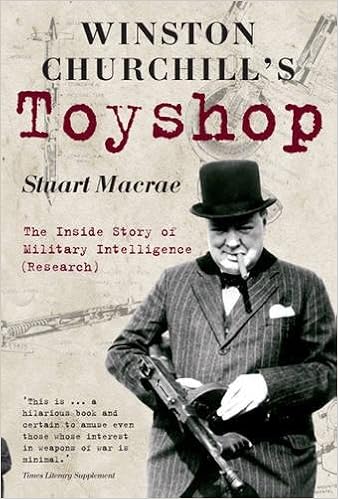
Description
“…a fascinating and entertaining account of a little-known aspect of Britain's fight against fascism.” ( Book News )“The author deploys his insider knowledge and very funny sense of humor to trace the relatively unknown operations history and accomplishments in this engaging book. “ Toy Solder and Model Figure ( Toy Soldier and Model FIgure ) Colonel Stuart Macrae was an engineering boffin who was lucky enough to be in the right place at the right time at the start of the Second World War. As the editor of the magazine Armchair Science, he was phoned up by the War Dept and asked to join its ranks as a developer of weapons. This he took to with enthusiasm, helping develop such weapons as the Limpet mines used successfully by the X-men and Charioteers to sink many German ships, as well as fuses and other weapons of war. It was his organisational skills which helped MIR grow to become a major weapons producer for all sectors of the Armed Forces.
Features & Highlights
- The inside story of one of the most famous of all the ‘back rooms’ of the Second World War – and of the men and women who worked for it. Conceived by Winston Churchill to circumvent the delays, frustrations and inefficiencies of the service ministries, Department M.D.1. earned from its detractors the soubriquet ‘Winston Churchill’s Toyshop’, yet from a tiny underground workshop housed in the cellars of the London offices of Radio Normandie in Portland Place, and subsequently from the ‘stockbroker Tudor’ of a millionaire’s country mansion in Buckinghamshire, came an astonishing array of secret weapons ranging from the ‘sticky bomb’ and ‘limpet mine’ to giant bridge-carrying assault tanks, as well as the PIAT, a tank-destroying, hand-held mortar.Written by Colonel Stuart Macrae, who helped found M.D.1. and was its second-in-command throughout its life, the story is told of this relatively unknown establishment and the weapons it developed which helped destroy innumerable enemy tanks, aircraft and ships.





